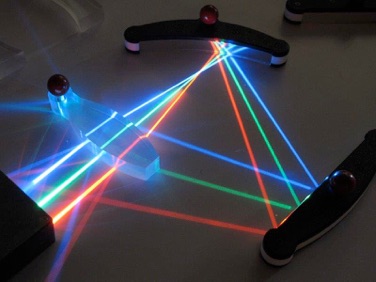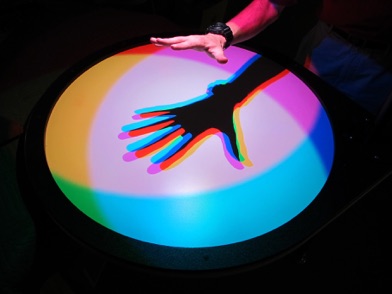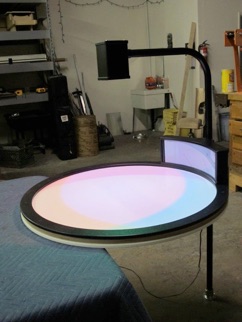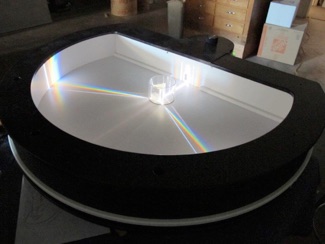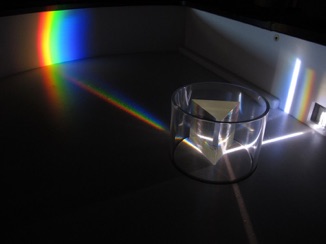Tired of light and color exhibits that are too dim to see even in a darkened gallery? That use hot, expensive projector bulbs? And don’t really engage your audience?
Then check out our latest versions of these favorite classic exhibits, along with some new ones too, using the latest super bright LEDs.







